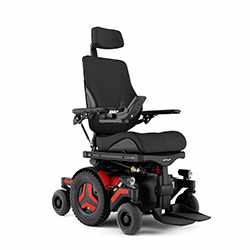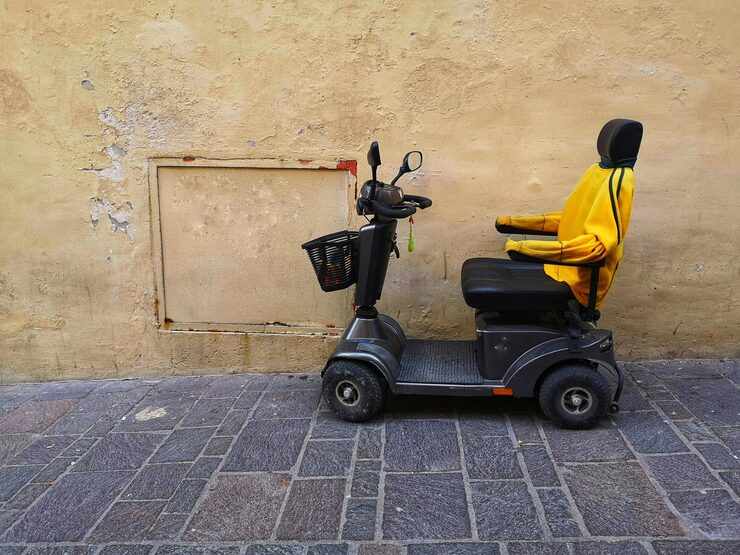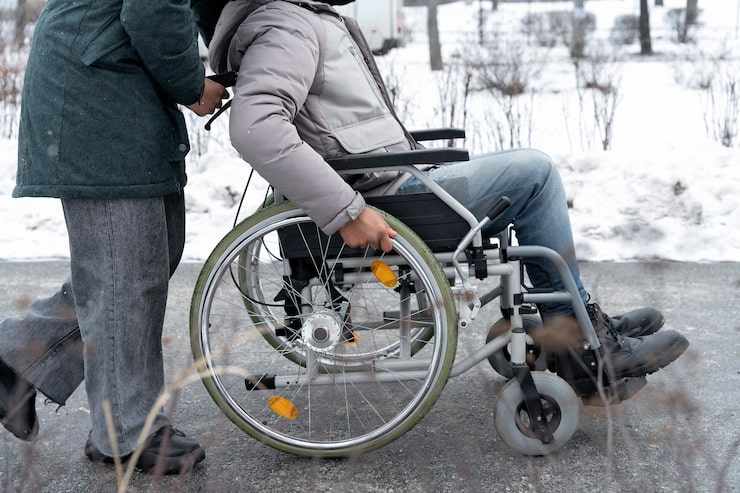
Mobility aids like wheelchairs are not just helpful—they're essential for millions of individuals managing disabilities or recovering from medical conditions. But have you ever wondered what would happen if your wheelchair got damaged or stolen? Would your insurance cover the cost? That’s where the concept of wheelchair insurance becomes critical. Whether you're a first-time buyer or long-time user, understanding how insurance works for your mobility device can save you thousands in the long run.
In this article, we’ll explore why wheelchair coverage matters, what types of insurance exist, how to choose the right one, and what other mobility solutions might be available to enhance your quality of life.
Why Wheelchair Insurance Is Essential
Wheelchairs, especially powered models, are significant investments. A standard powered wheelchair can cost anywhere from $2,000 to over $15,000, depending on features. That’s not pocket change. And yet, many users don’t realize that regular health insurance or Medicare may not fully cover damage, theft, or necessary upgrades.
Wheelchair insurance isn’t just an add-on—it’s a financial safeguard. Imagine dealing with a broken joystick or frame and not having the funds to replace or repair it. Insurance provides peace of mind, ensuring you’re protected when unexpected issues arise.
Learn more about wheelchair insurance options and how they can protect your investment.
What Types of Coverage Are Available?
Just like with car or homeowners’ insurance, there are several types of coverage for mobility aids:
1. Medicare and Medicaid
Medicare Part B may cover a portion of the cost if the wheelchair is deemed medically necessary and prescribed by a doctor. Medicaid rules vary by state but often include wheelchair coverage under Durable Medical Equipment (DME).
However, these programs typically cover only the base model, not customizations or wear-and-tear damages.
2. Private Health Insurance
Private policies may offer more flexibility. Some cover repairs and replacements due to accidents, while others include theft or damage that occurs outside the home. Always review your policy in detail.
3. Homeowners or Renters Insurance
Some users don't realize that personal property coverage under homeowners or renters insurance might include wheelchairs. But the extent of protection varies and often comes with deductibles.
4. Specialized Mobility Equipment Insurance
This is the most comprehensive type. It includes full coverage for loss, theft, damage, and even liability—should your wheelchair accidentally harm someone or damage property.
How to Choose the Right Policy
Not all policies are equal. Here are a few factors to consider:
Device Value: If you own a high-end or custom-powered wheelchair, opt for specialized coverage.
Usage: If you travel frequently or use your wheelchair outdoors, you’re more prone to accidental damage.
Additional Features: Coverage for attachments, batteries, and cushions may require extra riders.
Customer Support: Choose insurers with 24/7 claims assistance and fast turnaround times.
Reading reviews, checking coverage limits, and understanding exclusions are all vital before committing to a policy.
Exploring Other Mobility Solutions and Financial Support
Beyond wheelchair insurance, several mobility solutions are designed to meet users’ evolving needs. These include:
Motorized scooters
Portable ramps
Lift chairs
Adapted vehicles
Home modifications
Many insurance plans and government assistance programs offer support for these, especially when they enhance daily living or reduce caregiving costs.
When paired with the right insurance plan, these solutions can help users maintain independence and navigate their environment more safely and confidently.
Final Thoughts: Don't Wait Until It’s Too Late
Many wheelchair users don't think about insurance until a problem arises. By then, it’s often too late. Whether you're protecting a new device or ensuring ongoing access to vital equipment, the right insurance plan is key to long-term peace of mind.








Write a comment ...